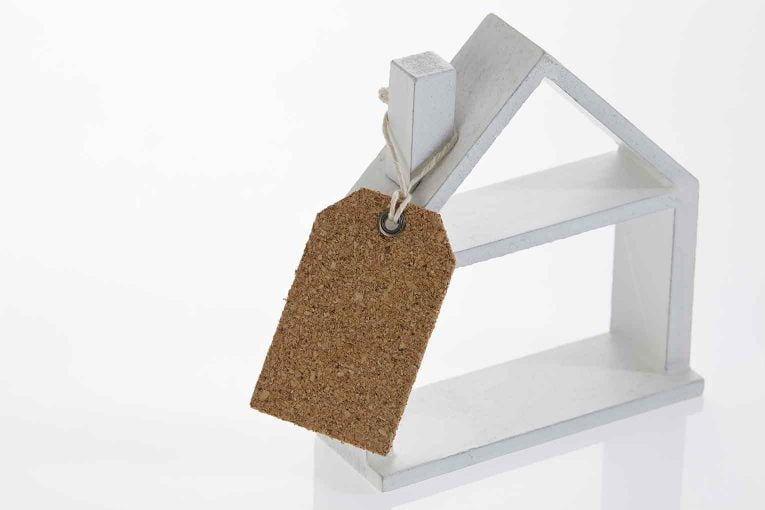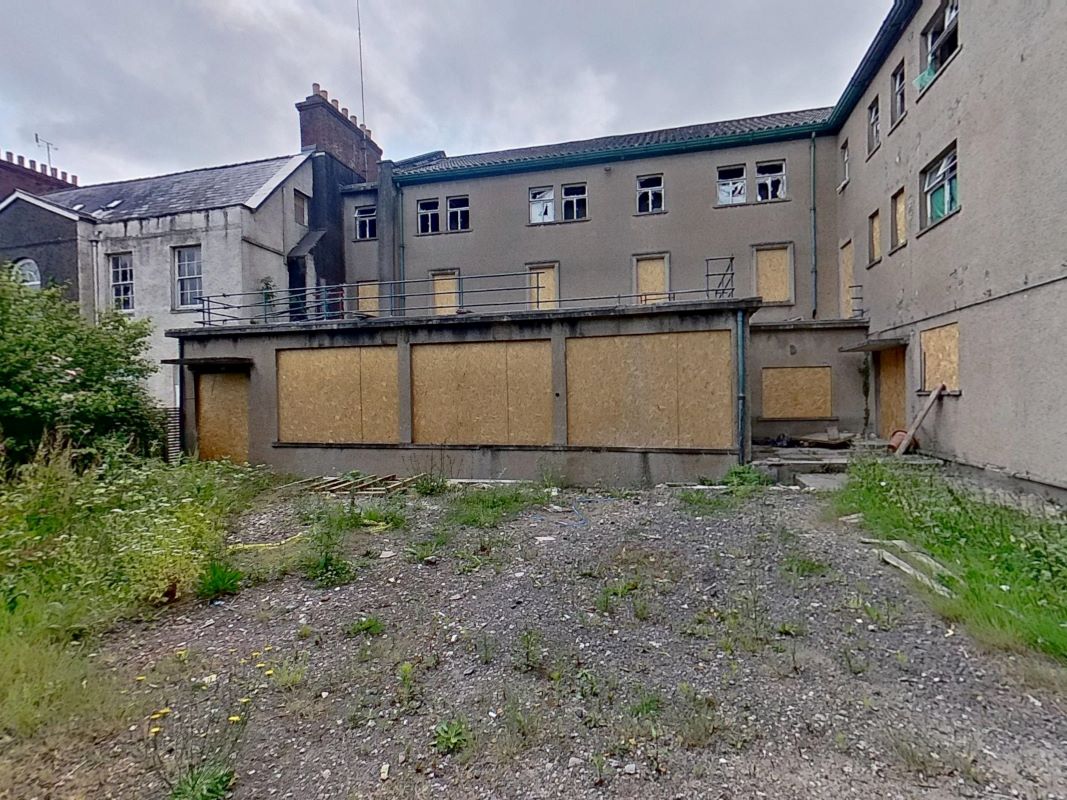UK house prices recorded a modest dip in May, falling 0.4% month-on-month, according to the latest Halifax House Price Index.
The average property now stands at £296,648, down from £297,798 in April. Despite the fall, prices remain 2.5% higher than a year ago – an increase of more than £7,000 – underscoring the market’s resilience amid economic uncertainty.
Amanda Bryden, Head of Mortgages at Halifax, said the data “points to a housing market that has remained largely stable,” saying that prices are down just 0.2% since the start of the year.
While affordability remains stretched, Bryden highlighted that “lower mortgage rates and steady wage growth have helped support buyer confidence.”
REGIONAL VARIATIONS
Across the UK, regional disparities in house price growth persist. Northern Ireland continues to lead, with annual growth of 8.6%, bringing the average price to £209,388—still well below the UK average.
Wales and Scotland followed closely with gains of 4.8%, while in England, the North West and Yorkshire and the Humber led regional growth at 3.7%. London saw the weakest annual increase at just 1.2%, though it remains the UK’s most expensive market, with the average property priced at £542,017.

Tom Brown, Managing Director of Real Estate at Ingenious, said the figures “underscore the continued resilience and appeal of the UK property sector,” while cautioning that national averages often mask significant regional and sector-specific differences.
He pointed to strong investor demand in the long-term rental sector, adding: “Institutional investors face fewer disruptions than owner-occupiers or small-scale landlords.”
STEADY AS SHE GOES
Others echoed the market’s overall steadiness, but flagged affordability and supply constraints. J

eremy Leaf, a north London estate agent and former RICS residential chairman, said: “Confidence is supported by a relatively strong employment picture outweighing economic concerns both here and abroad.”
MT Finance director Tomer Aboody added that buyers are “waiting for further rate cuts before making their move.”
With inflation easing, market watchers are closely eyeing the Bank of England for further base rate reductions.
AFFORDABILITY ISSUES

Jason Tebb, President of OnTheMarket, said rate cuts are “fundamental in boosting confidence and activity,” adding that “as property prices remain relatively steady, affordability continues to impact what buyers are able or willing to pay.”
There is also rising political scrutiny on housing. Professor Joe Nellis, co-creator of the Halifax Index and adviser at MHA, warned that the upcoming Renters’ Rights Bill – set to pass in the autumn – could impact prices by either boosting supply or cooling landlord demand.
“Both scenarios would apply downward pressure on prices,” he said.

Amy Reynolds of Richmond-based Antony Roberts pointed to selective buyer behaviour, noting a “flight to quality,” while Quilter financial planner Holly Tomlinson highlighted that the market “appears to be pausing for breath after a frenetic start to the year.”
Meanwhile, Mark Harris, CEO of mortgage broker SPF Private Clients, said recent lender moves to ease affordability criteria could unlock “tens of thousands of pounds in additional borrowing,” offering a lifeline to would-be buyers.










